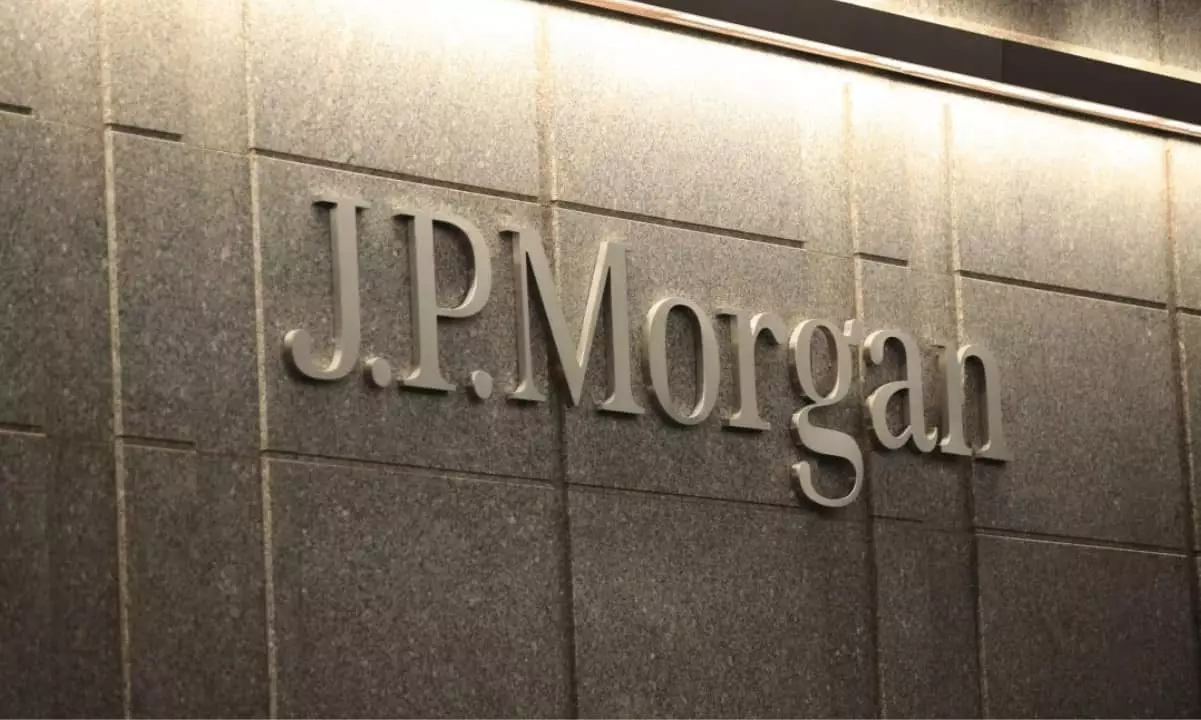For years, JPMorgan Chase stood as a stern critic of cryptocurrencies, with its CEO, Jamie Dimon, dismissing Bitcoin as a “fraud” and predicting its inevitable downfall. Such remarks not only influenced perceptions but also limited the bank’s willingness to venture into the digital asset realm. Yet, the financial giant now appears poised to radically pivot, contemplating the launch of loans backed by customer-held crypto assets—an unprecedented move for such a conservative heavyweight. This potential shift exemplifies the complex evolution of mainstream financial institutions in response to rapidly growing crypto markets.
Despite initial skepticism, JPMorgan’s willingness to consider lending against Bitcoin, Ethereum, and exchange-traded funds (ETFs) signals a recognition of the persistent legitimacy and adoption of digital assets. CEO Jamie Dimon seems to have adopted a more neutral stance, virtually conceding that Bitcoin and its ilk have a place in the modern economy—albeit on his terms. His previous assertions that cryptocurrencies were primarily tools for nefarious actors starkly contrast with his now seemingly pragmatic approach to their integration into traditional banking. This evolution underscores a crucial reality: the financial landscape is shifting, and even staunch opponents must adapt or risk irrelevance.
The Risks and Challenges: A Question of Trust and Regulation
As JPMorgan explores this new frontier, the institution faces serious hurdles. Chief among them is the inherent volatility of cryptocurrencies. Unlike traditional collateral assets like real estate or government bonds, digital assets can swing wildly in value, complicating risk management and loan underwriting. The bank must develop sophisticated mechanisms to monitor collateral value in real-time, which entails significant technical and compliance challenges. Solutions such as collateral management platforms and real-time valuation systems will be crucial, but they are not foolproof.
Additionally, the concern about illicit activity remains a genuine barrier. Digital assets are often associated—fairly or unfairly—with money laundering, fraud, and other criminal activities. Regulatory ambiguity further compounds the risk. While regulators such as the Federal Reserve have shown a willingness to accommodate crypto’s growing role, comprehensive and clear frameworks are still lacking. This regulatory gray zone makes banks wary of exposing themselves to legal and reputational damage, especially when engaging in collateralized lending.
Furthermore, handling assets in default introduces another layer of complexity. Seized cryptocurrencies would need to be managed securely and transparently, demanding advanced cybersecurity measures and custody solutions. Failure to effectively secure these assets could lead to losses, legal complications, and damage to trust—not just in JPMorgan but in the broader adoption of crypto-backed financial products.
Market Implications: A Sign of Resistant Innovation in Banking
The move by JPMorgan could signal a broader strategic realignment within the traditional banking sector, particularly among those willing to cautiously explore the crypto frontier. Competitors like Morgan Stanley and E-Trade have shown increasing interest in digital assets, primarily through trading and investment services, but few have dared to incorporate crypto collateral into their lending portfolios. JPMorgan’s initiative—if successful—might redefine the risk landscape for banking services, moving toward a future where digital assets are treated as legitimate, everyday collateral.
Yet not everyone is on board. Goldman Sachs remains hesitant, highlighting persistent concerns over integrity, compliance, and systemic risk. The center-right stance within financial institutions balances innovation with pragmatic risk control, advocating for measured integration rather than wild expansion. This perspective recognizes that while crypto’s potential is undeniable, premature or reckless adoption could threaten the stability of the financial system.
On a macro level, recent regulatory developments—such as the U.S. House’s passing of stablecoin regulations and the Federal Reserve’s easing of restrictions—indicate a deliberate shift toward a more accommodating stance. These changes create a more promising environment for banks to explore crypto-backed loans, but they do not eliminate the fundamental risks. The challenge remains to strike a balance between harnessing the innovation and preventing systemic vulnerabilities.
Looking Forward: Is This the Beginning or a Reckless Leap?
The decision by JPMorgan to consider crypto-backed loans represents more than a strategic move; it is a test of whether the traditional financial system can responsibly integrate digital assets without compromising stability. While skeptics rightly point out the perils—volatility, illicit use, regulatory uncertainty—the potential benefits cannot be ignored. Offering loans secured by crypto assets could democratize access, provide new liquidity channels, and bolster client trust among a technologically savvy customer base.
However, the skeptics’ concerns should not be dismissed as mere obstructionism. They highlight the essential need for robust safeguards, clear regulations, and transparent risk management protocols. If JPMorgan genuinely commits to building these foundations, its foray into crypto-backed lending could serve as a blueprint for responsible innovation in finance. Conversely, rushing headlong into this space without adequate safeguards risks undermining the very legitimacy that skeptics often demand before embracing new financial technologies.
The real question now isn’t whether crypto will be integrated into traditional banking, but whether banks have the discipline to do so thoughtfully. The coming months will reveal if JPMorgan’s bold experiment is a pioneering success or a perilous misstep—yet one thing is clear: the era of crypto skepticism in the corridors of traditional finance is swiftly ending.


Leave a Reply